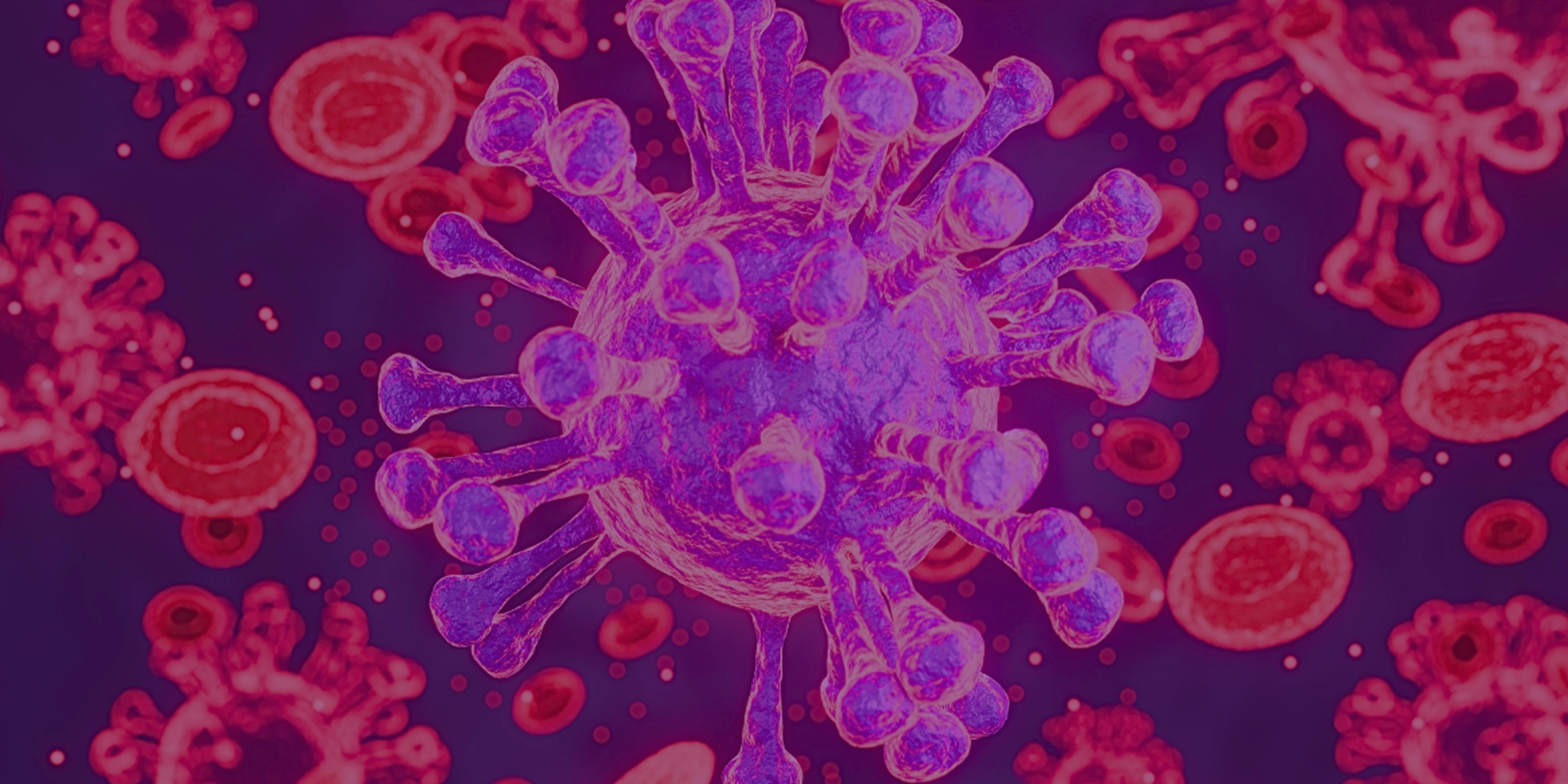Introduction
Healthcare-Associated Infections (HCAIs or HAIs), also known as nosocomial infections, are infections that patients acquire while receiving treatment for other conditions within a healthcare setting. They develop within the first 48 hours or more after hospital admission, or within 30 days after having received health care.
These infections can occur in any healthcare facility, including hospitals, ambulatory surgical centers, end-stage renal disease facilities, and long-term care facilities. HAIs are associated with significant mortality, morbidities and represent a significant burden on the healthcare system and increased healthcare costs. The cited case-fatality rate ranges from 2.3% to 14.4% depending on the type of infection.
The US Center for Disease Control and Prevention reports that nearly 1.7 million hospitalized patients annually acquire HCAIs while being treated for other health issues and that more than 98,000 patients (one in 17) die due to these. Another study found that 2,609,911 new cases of HCAIs were identified every year in the European Economic Area, causing 2,506,091 DALYs (Disability-Adjusted Life Years) per annum, corresponding to 501 DALYs per 100,000 of the population. One DALY represents one lost year of healthy life. 1–3
To combat and minimize these infections researchers are actively gathering data and performing analyses that generate better guidelines for preventing HAIs.
Types of Healthcare-Associated Infections
There are numerous types of healthcare-associated infections. Here are five of the most common:
- Central Line-associated Bloodstream Infection (CLABSI) — Of all the healthcare-associated infections, CLABSIs are associated with high-cost burden, accounting for approximately $46,000 per case. This is significant because most cases of CLABSI are preventable with proper clinical strategies including; proper precautions and practices for insertion and maintenance of central lines, hand hygiene, adherence to aseptic technique, and sterilization/sterile barrier precautions.
- Catheter-associated Urinary Tract Infections (CAUTI) — Urinary tract infections (UTIs) can occur in any part of the urinary system, and catheter-associated urinary tract infections are the fifth most common type of healthcare-associated infection. To minimize and prevent these infections perform hand hygiene before and after insertion, insert catheters only for appropriate indications and seek alternative options for high-risk patients, and general protocol should be followed around hygiene.
- Surgical Site Infection (SSI) — Surgical site infections are reported as the second most common HAI in Europe and the US. In Europe, SSI affects more than 500,000 people per year, costing €19 million; in the US, SSI contributes to patients spending more than 400,000 extra days in hospital, costing $10 billion a year. SSIs may be superficial or extend to tissue beneath the skin, organs, or implanted material. SSIs are usually identified between days 7 – 11 of postoperative hospital days and relate to both direct and indirect surveillance and processes that occur before incision and in follow up treatment. Experts estimate that as many as 60% of SSIs are preventable using evidence-based guidelines.
- Ventilator-associated Pneumonia (VAP) — This lung infection is the result of pneumonia developing in a person who is on a ventilator and is one of the most common causes of nosocomial infections and death in the intensive care unit. The most common route of infection is a result of germs entering through the ventilator tube. Strategies for avoiding this type of HAI encompass surveillance and detection, and can include minimizing the use of sedatives, pairing breathing trials with daily spontaneous awakening, lowering tidal volume ventilation, and restrictive transfusion thresholds.
- Clostridium difficile infections (C. diff) – C.diff begins as bacteria and is often the side-effect of antibiotics, including the drugs used for treatment of CDI: metronidazole and vancomycin. C.diff typically occurs in people 65 years and older, people who have weakened immune systems, and people who are in hospitals or nursing care centers for an extended period of time. C.diff can quickly spread and is one of the most significant nosocomial infections in hospital wards and an imminent threat to patients.
Prevention Strategy and Patient Safety:
HAI prevention strategies should include the evaluation of existing and novel infection prevention and control measures, including hand hygiene practices, use of personal protective equipment (PPE), environmental cleaning, and sterilization methods. This also involves assessing the effectiveness of guidelines and protocols in reducing the incidence of HAIs. The World Health Organization (WHO) published a new manual in September 2021 on “Strengthening infection prevention and control in primary care” which is a collection of existing standards and implementation resources for primary care providers.
Challenges and Future Directions in Clinical Development
Research in HAIs faces several challenges, including the complexity of healthcare settings, the evolving nature of microbial pathogens, and the need for multidisciplinary approaches. Future research directions may focus on integrating genomic and bioinformatics tools for better pathogen surveillance, developing innovative infection prevention technologies, and enhancing the implementation of infection control practices through behavioral science. Additionally, the global nature of HAIs calls for international collaboration to address the spread of antimicrobial resistance and to share best practices in infection prevention and control.
As an infectious disease-focused CRO, Allucent has extensive experience conducting clinical trials in some of the most serious HAIs including clostridium difficile infections and ventilator-associated pneumonia, where knowledge of clinical trial conduct in an ICU/critical care setting is essential.
Links:
- Haque M, Sartelli M, McKimm J, Abu Bakar M. Healthcare-associated infections – an overview. Infect Drug Resist. 2018;11:2321–2333. doi: 10.2147/IDR.S177247 Health care-associated infections – an overview – PMC (nih.gov)
- Klevens RM, Edwards JR, Richards CL, et al. Estimating healthcare-associated infections in US hospitals, 2002. Public Health Rep. 2007;122:160–166. doi: 10.1177/003335490712200205 Estimating Health Care-Associated Infections and Deaths in U.S. Hospitals, 2002 – PMC (nih.gov)
- Guidelines on core components of infection prevention and control programs at the national and acute health care facility level. Geneva: World Health Organization; 2016. 6. The burden of healthcare-associated infection Available from: https://www.ncbi.nlm.nih.gov/books/NBK401766/. Accessed February10, 2019. The burden of health care-associated infection – Guidelines on Core Components of Infection Prevention and Control Programmes at the National and Acute Health Care Facility Level – NCBI Bookshelf (nih.gov)
